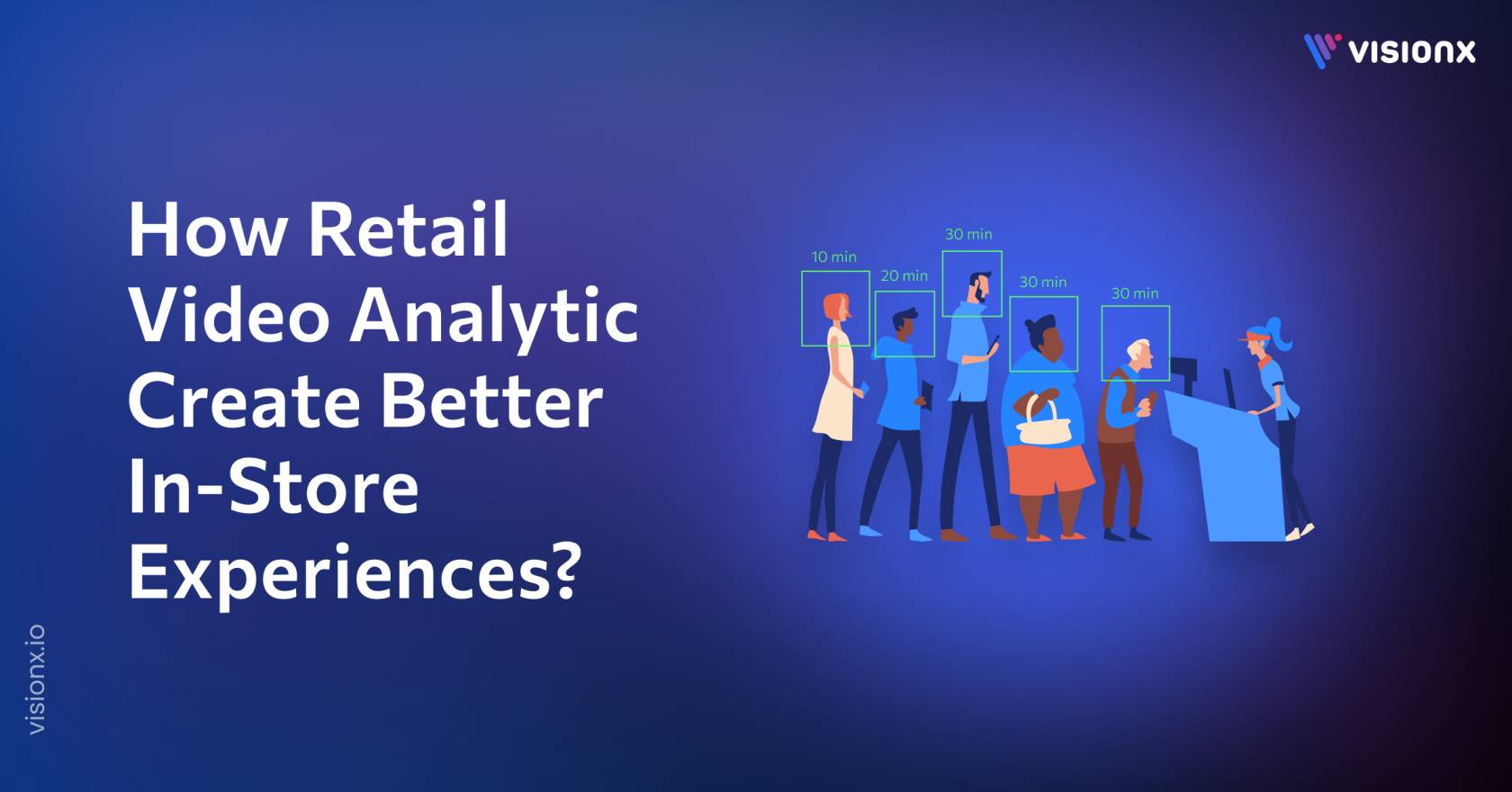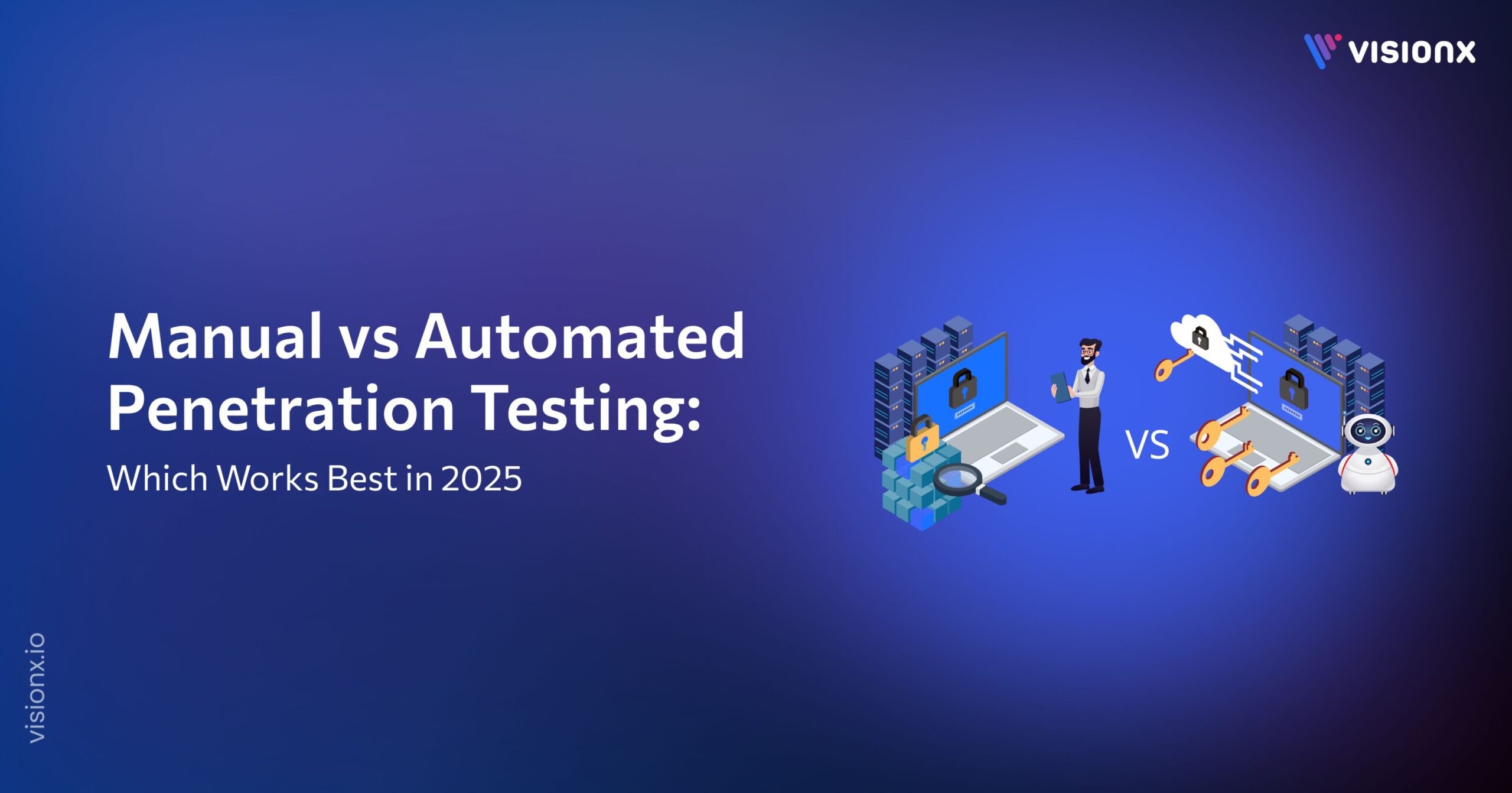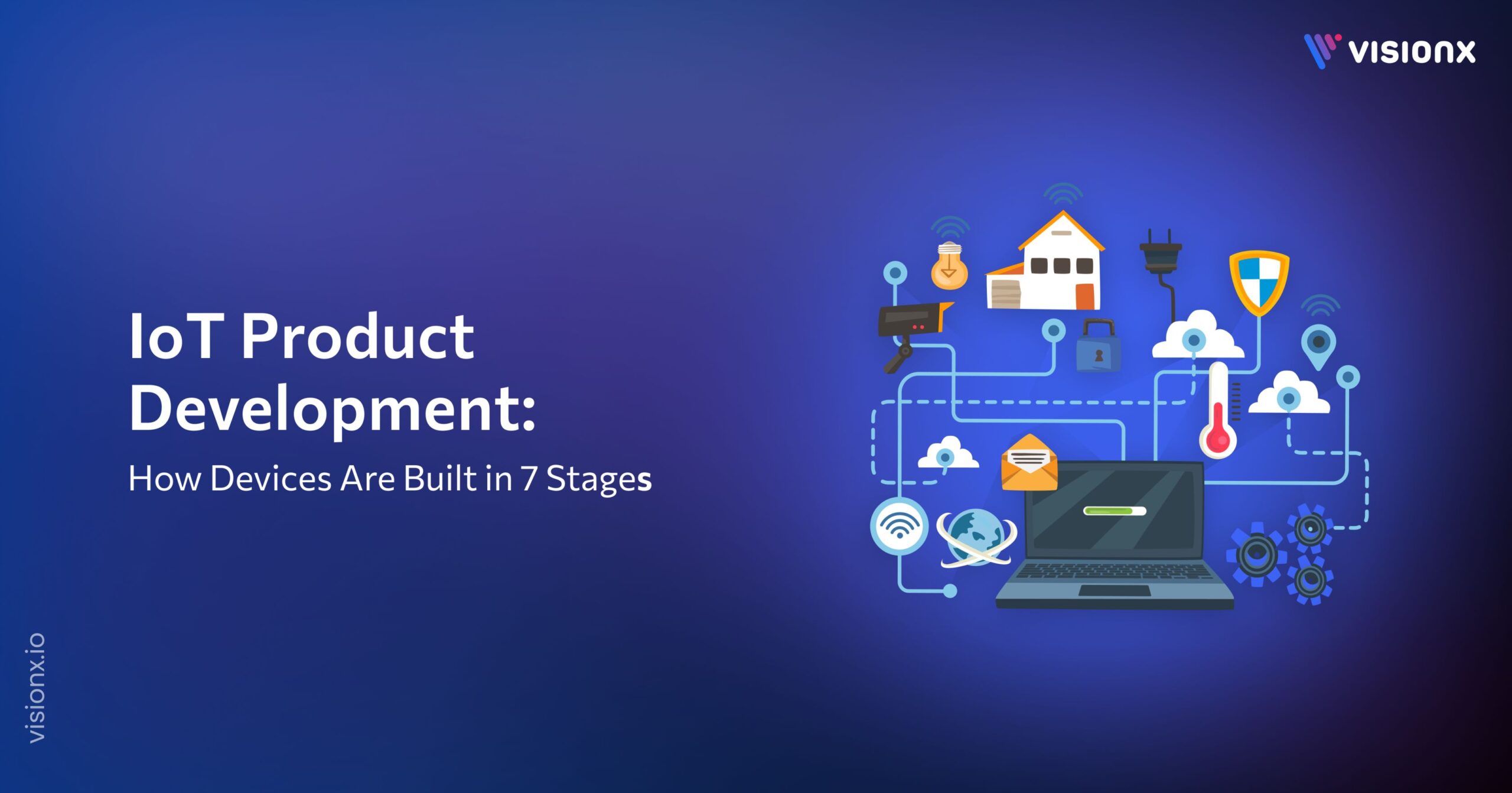Walk into your store and take a look around. Your customers make decisions more quickly, they move fast, and have higher expectations. Although online shopping gives them endless options, they still walk through your doors. Why is that? Because the in-store experience still matters.
72% of all retail sales will still happen in brick-and-morter stores by 2028, according to Forrester. This shows how powerful shopping in person really is. Customers’ desire to see products up close, speak with real people, and feel secure before making a purchase has an inherent value.
However, the issue is that customers won’t stay or likely come back if they can’t find what they want, have to wait too long, or feel like they’re being ignored. To resolve this issue, retail video analytics helps you see your store through your customers’ eyes. It shows you where the problems are and what needs to be fixed.
This blog shows you how top retailers use retail video analytics to create smoother, smarter, and more valuable in-store experiences.
What is Retail Video Analytics?
Retail video analytics refers to AI-powered solutions that help retailers extract meaningful insights by analyzing footage from in-store video surveillance systems. These tools observe and interpret customer behavior, store traffic patterns, and security events in real time. The result is smarter operations, improved safety, and a better in-store experience for shoppers.
Modern video systems with built-in retail analytics can alert store staff to theft attempts, long lines, low stock in certain areas, or crowd build-up near displays. Once alerted, staff can act fast. They can open another checkout lane, refill empty shelves, or check on any issue before it escalates. These insights help reduce risk, improve customer service, and support smarter choices across your store network.
Understanding the Modern In-Store Experience
Not all of your customers come into your store to make a purchase. You need to be quick and give them a reason to pick you over an online alternative. The in-store experience must be easy, supportive, and personal. Poor layout, a slow checkout, or a lack of assistance may turn customers off.
Shoppers walk in with clear goals and less patience. They want clear signs, short lines, and well-stocked shelves. They expect your staff to know what they need and to fix issues fast. Their opinion of your store and their likelihood of return are influenced by all of these details.
You can’t improve what you don’t measure. Through retail video analytics solutions, you can see how customers act in the business. You can discover high-traffic regions, track dwell time, and locate slow zones. These practical insights help you to adjust customer service, rearrange your business, and make it easier for customers to shop.
The use of video analytics in retail keeps gaining traction. Experts expect the retail video analytics market size to reach 94.56 billion dollars by 2034, with strong demand from stores that want clear insight into how their spaces perform.
How Retail Video Analytics Works
Retail video analytics systems rely on artificial intelligence to review live camera footage and pull out clear insights. These retail security systems help store teams spot trends, prevent problems, and make smarter decisions on the floor. When the system detects an issue like a long line or crowd build-up, it can alert your security team or store manager right away.
You can install this type of software inside smart cameras or connect it as a separate layer within your retail security system. Once set up, operators adjust the rules to fit their store’s needs. This includes setting time limits for crowd alerts, tying alerts to inventory levels, or syncing them with point-of-sale tools.
For example, A manager might set the system to send a queue alert if more than five people wait in line for over two minutes, or flag a quiet zone in the store that draws little foot traffic. Others may use loitering detection to monitor closed hours.
5 Ways Retailers Use Video Analytics to Elevate Customer Experience
Store analytics retail helps retailers improve the in-store experience by turning video into real insight. These tools detect customer behavior, track foot traffic, and help store teams respond to what happens in real time. Below are five video analytics use cases that show how retail traffic analytics improves customer satisfaction and store performance.
1. Queue Alerts at Checkout
A pharmacy chain uses AI-powered video analytics to monitor lines at every register. When more than four people wait in line, the system sends a real-time alert to store staff. They open another counter to reduce wait time and avoid customer drop-off.
2. Traffic Heatmaps for Layout Testing
A fashion retailer uses retail video analytics software to test two store layouts. Heatmap data shows more foot traffic and longer dwell time near the second display. Based on this insight, they update layouts across all locations to match what works.
3. Staff Adjustment Based on Real-Time Foot Traffic
A grocery store reviews data from its retail store video analytics system to track customer flow across departments. Foot traffic rises in the produce area during late hours. The manager shifts one team member to that zone to assist customers and restock faster.
4. Incident Detection and Floor Response
An electronics retailer uses video security solutions to monitor high-value items and demo stations. When the system detects crowd build-up or blocked aisles, it alerts staff to step in. This prevents frustration and keeps the store easy to move through.
5. Behavior Insights for Product Placement
A home goods chain uses AI retail video analytics software to track where people stop, what they skip, and how they respond to signs. After a layout change and new signs, foot traffic increases in one of the lowest-performing aisles.
Key Features of Video Analytics for Retail
Retail video analytics solutions work through a set of core features that help store teams understand what happens inside the store. Here are some key features listed below;
1. AI Object Detection and Tracking
AI-powered video analytics systems detect people, carts, and objects without manual input. These systems follow movement across zones and help retailers understand who enters, where they stop, and what they avoid. This level of detail supports better retail store video analytics and helps staff fix issues before they affect the shopping experience.
2. Digital Zone Control
Retailers use video analytics for retail stores to draw digital zones over key areas such as entrances, displays, and checkout lanes. When someone crosses into a zone or spends too much time there, the system logs the event or sends a real-time alert to the floor team.
3. Custom Rules and Automated Alerts
Store teams can set clear rules inside their video analytics system. For example, they can trigger an alert when more than five people wait in line or when no one enters a department for over 15 minutes. These alerts give the security team or managers a chance to act fast and protect the customer experience.
4. Insight Dashboard and Store Reporting
The system provides access to a live dashboard with visual charts and stores data. Managers view store analytics and retail trends such as dwell time, peak foot traffic hours, and skipped zones. These actionable insights help guide layout changes and staff placement.
5. Integration with Retail Systems
Many platforms connect with retail management systems like inventory, POS, and staffing tools. This allows you to link video intelligence to product sales, restock speed, and customer flow, all from one place.
Advantages of Using Retail Video Analytics for Customer Experience
Retail video analytics gives teams the visibility they need to improve both service and efficiency. Below are three clear ways this technology supports a better customer experience.
1. Faster Decisions at Store Level
With access to real-time alerts and live video data, store teams respond to issues as they happen. Whether it is a long line, crowd build-up, or a blocked aisle, staff step in before it disrupts the shopping experience.
2. Stronger Inventory Management
Video analytics retail systems help you connect traffic data with inventory levels. You see which products attract attention but stay on the shelf, and which areas need faster restocks. This improves inventory management and keeps high-demand items available at the right time.
3. Clear Insight Into Customer Behavior
Retailers using video analytics gain a better view of how people move, where they stop, and what they ignore. This helps with layout, product placement, and overall customer behavior tracking, all key parts of a smooth in-store visit.
Considerations When Choosing a Retail Video Analytics Tool
A strong video analytics in retail solution must match both your current store setup and your future goals. Here are four key points to help you choose a tool that supports real growth and improves the in-store experience.
1. System Compatibility
The best video analytics software works with your current setup. This includes retail surveillance cameras, point-of-sale systems, and inventory tools. A tool that fits into your full stack helps you avoid delays and saves cost on extra hardware.
2. Scalability Across Store Locations
Look for a solution that supports retail site analytics across all your stores. As your business grows, the system should track foot traffic, customer behavior, and sales trends in each location. A scalable platform improves video analytics for retail business operations at every level.
3. Privacy and Data Compliance
Any tool that uses AI-powered video analytics must follow privacy rules. Choose a platform that protects customer data, controls access, and respects laws such as GDPR. This helps your store build trust and avoid legal issues.
4. Ease of Use for Store Teams
The dashboard should show clear, actionable insights. Look for a tool with a clean layout, simple filters, and visual reports. Store teams must use the system daily, so the design must support fast decisions and real results.
See What VisionX Can Do for Your Retail Space
Choosing the right retail video analytics solution matters, especially when you need reliable insight and low friction in setup. VisionX delivers real value without major upgrades to your store tech. You get focused support for tracking customer behavior, traffic flow, and store performance from day one.
Here’s what you get with VisionX:
- Real-time alerts for queues, crowd zones, and in-store events
- Smart dashboards that reveal shopper paths and product hotspots
- Seamless integration with your inventory and retail systems
- Custom computer vision solutions and models built for your store layout and goals
VisionX works with your current cameras or hardware. Our team helps you build custom applications and analytics dashboards, so you can focus on better service and store performance from day one.
If you want to improve layout, reduce wait times, and better understand shopper movement, VisionX offers the tools and partnership to make it happen.
FAQs
What are video analytics?
Video analytics is a technology that uses artificial intelligence to process store footage. It detects movement, tracks customer behavior, and reveals traffic patterns inside the store. Retailers use it to improve service, layout, and store performance.
How does video analytics improve the in-store experience?
Video analytics retail shows how people move, where they stop, and what they ignore. This helps retailers fix layout issues, reduce wait times, and place staff where they are needed. It gives teams real-time insight to improve the shopping experience.
How can retail stores streamline operations with video content analytics?
Retailers use video content analytics to spot delays, detect low traffic areas, and track customer flow. These insights help improve staff schedules, product placement, and inventory decisions. The result is faster response and better use of store space.
What features matter most in a video analytics solution?
Look for features like real-time alerts, foot traffic tracking, customer behavior reports, and tools that connect with your inventory and POS systems. These features help store teams act with speed and clarity.
About Author

M. Waqas Mushtaq is the Co-Founder and Managing Director of VisionX, whose passion for innovation fuels the company’s growth. Under his strategic direction, VisionX promotes a culture of excellence, solidifying its position as an industry leader.


